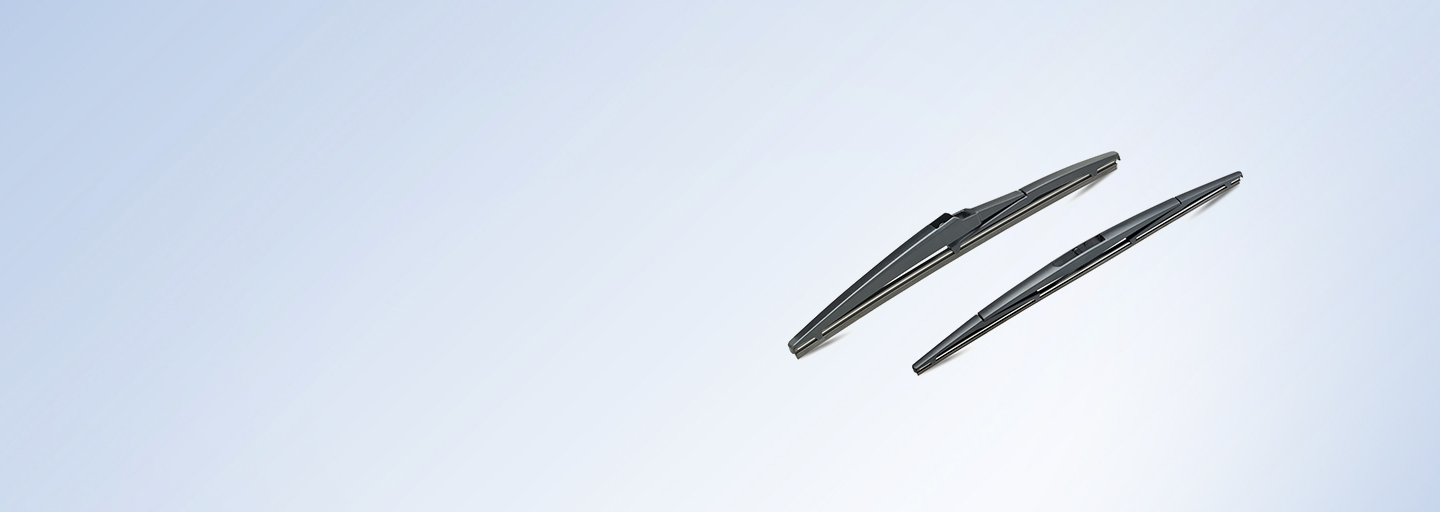Rear windscreen visibility can be just as important from a safety perspective as an unimpeded view through the front windscreen. DENSO’s rear blades are manufactured to the same OE quality standards as our front wiper blades, so you can ensure they’ll provide you with reliable performance journey after journey. Designed to deliver superior wiping performance, their exceptional blade edge is made from natural, high-compression rubber, with a frame made from durable, non-corrosive materials.
Our range incorporates products to suit a wide range of car applications, with eight part numbers. With easy-to-install connectors and lengths between 250mm and 400mm, our rear blades offer the perfect fit, style, and exceptional levels of performance.


